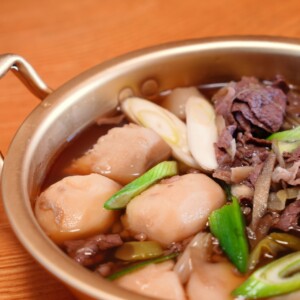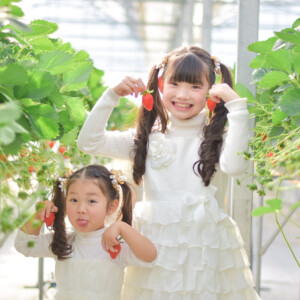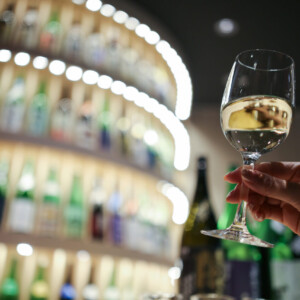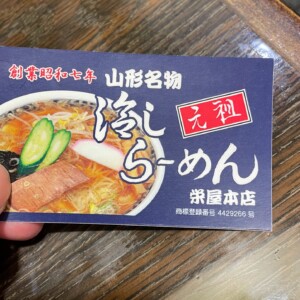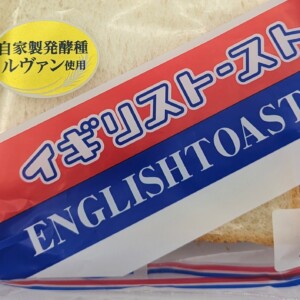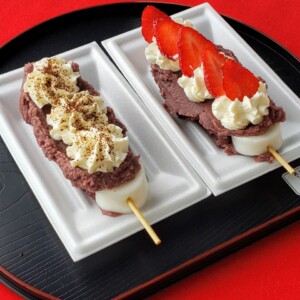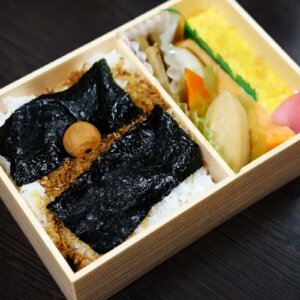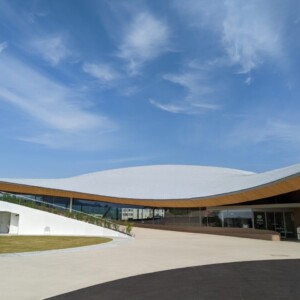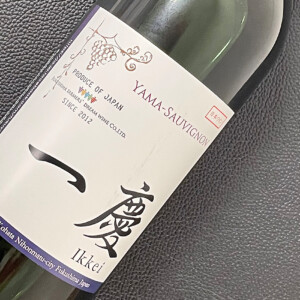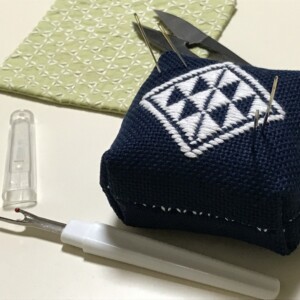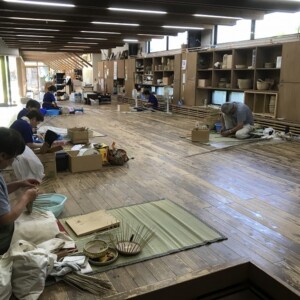
Hibiori Kokeshi – Traditional Kokeshi developed at Hibiori Onsen, following the Naruko and Togata styles [Yamagata Prefecture]
table of contents
Kokeshi dolls are one of the traditional crafts representing the Tohoku region .
It is a craft that has spread over a fairly wide area, with at least one unique lineage existing in every prefecture in Tohoku.
we took a closer look at the Hijiori Kokeshi, which was developed around Hijiori Onsen in Yamagata Prefecture
What is Kokeshi?
Kokeshi dolls are made by craftsmen called kijishi who lived mainly in mountain villages and 's wheel to make bowls and trays for a living. It is a wooden toy that was made to be sold as a souvenir to tourists in hot spring resorts.
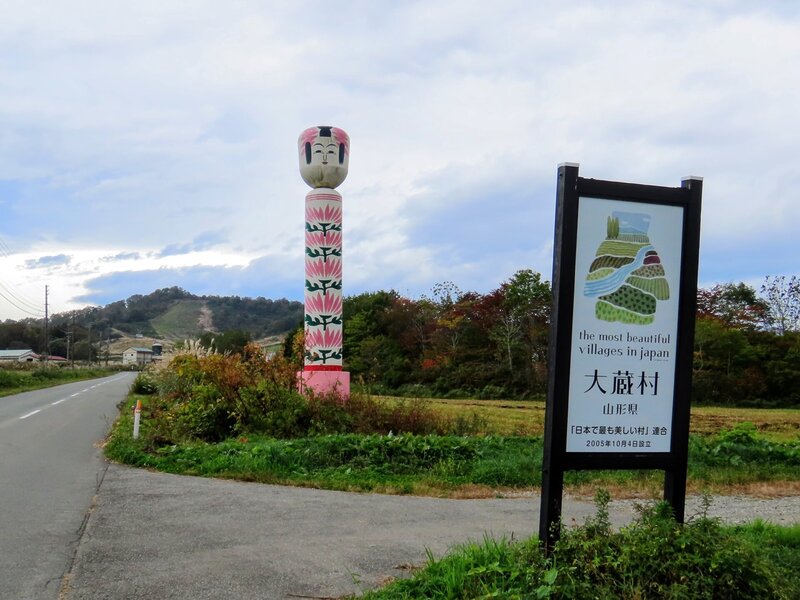
It is said to have originated around the end of the Edo period, and is generally divided into the following 12 strains based on production area and characteristics.
- Tsugaru type (around Hirosaki City and Kuroishi City, Aomori Prefecture)
- Southern type (around Hanamaki City, Iwate Prefecture)
- Kiji Mountain Range (around Yuzawa City, Akita Prefecture)
- Naruko type (around Naruko Onsen, Osaki City, Miyagi Prefecture)
- Sakunami system (around Sakunami Onsen, Sendai City, Miyagi Prefecture)
- Togatta system (around Togatta Onsen, Zao Town, Katta District, Miyagi Prefecture)
- Yajiro type (around Kamasaki Onsen, Shiroishi City, Miyagi Prefecture)
- Hijiori series (around Hijiori Onsen, Okura Village, Mogami District, Yamagata Prefecture)
- Yamagata series (around Yamagata City, Yamagata Prefecture)
- Zao Takayu system (around Zao Onsen, Yamagata City, Yamagata Prefecture)
- Tsuchiyu system (around Tsuchiyu Onsen, Fukushima City, Fukushima Prefecture)
- Nakanosawa series (around Nakanosawa Onsen, Inawashiro-cho, Yama-gun, Fukushima Prefecture)
Various names and their origins
Kokeshi dolls have many other names, including , Dekoroko , Kogesu , Kiboko , Kogehoko , Kinakinabokko , Odekosama
Where did the name "kokeshi" originally come from? There are various theories about this,
- Transformation of the pest control toy to prevent epidemics
- Changes in burnt (piece of wood) cheeks (doll)
- Koge (wood cutting) meaning of shi (child)
- The accent of a small doll called okeshi that was popular in the Edo period.
There are multiple theories such as. Each theory has a certain level of persuasive power, and the aliases mentioned above are thought to have evolved by adding local accents to the names based on their respective origins.
In this way, Kokeshi dolls were called by completely different names in various places, but in 1940 (Showa 15), Kokeshi craftsmen and enthusiasts attended the ``1st Local Gathering - Naruko Festival'' A number of people related to the festival got together and decided to unify the word ``kokeshi'' into three hiragana letters, and from then on it has been called ``kokeshi'' in all regions.
Hijiori-style kokeshi, a tradition that has been cultivated over two generations, continues to the present day
Hijiori Kokeshi one of the 12 types, and was developed around Hijiori Onsen in Yamagata Prefecture .
Denzo Kakizaki, who was born in Hijiori during the Bunsei era in the early 1800s, learned the woodworking trade in Naruko, Miyagi Prefecture, and then returned to his hometown of Hijiori and began making kokeshi dolls.
After that, Togoro Inoue, a disciple of Denzo, also trained in woodworking in Togatta, Miyagi Prefecture, and returned to Hijiori after Denzo's death.
Togoro, who inherited the family name of Denzo, created a unique kokeshi doll by fusing the Naruko style cultivated by Denzo with the Togatta style he had trained, and this later became the basis of the lineage called ``Hijiori-kei Kokeshi'' I did.
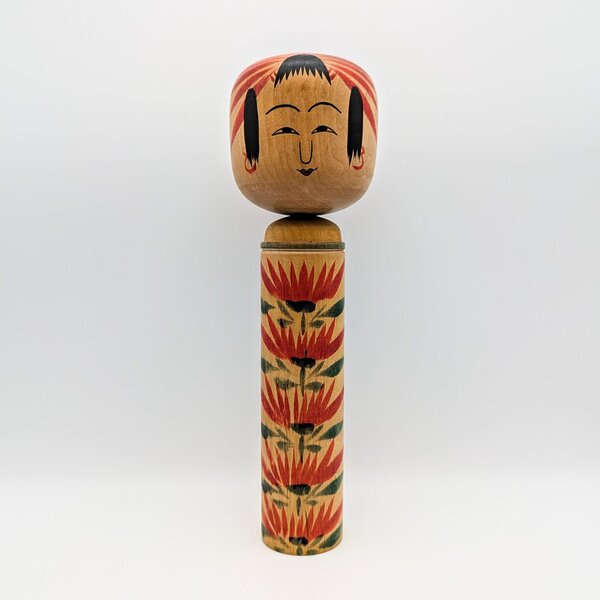
Hijiori Kokeshi dolls, which are a fusion of Naruko and Togatta, retain the characteristics of both systems, with the torso having the "shoulders" , and the face having tegure, a gara is drawn from the top of the head and forehead to the ears.
The body is often painted yellow, with plant designs such as stacked chrysanthemums and dianthus drawn on top. Also, one of the characteristics of Hijiori-kei is that some have a cut-out head with an azuki bean inserted in it to make a sound.
"Hijiori Onsen" has a legend that it cured a broken elbow.
Hijiori Onsen, located in Okura Village, Mogami District, Yamagata Prefecture, is located at the northern foot of Mt. Gassan, at the eastern end of the 2km diameter caldera called Hijiori Caldera, which is designated as an active volcano by the Japan Meteorological Agency. The entire Ori Onsen Village is located above the magma chamber of Hijiori Volcano. This area is also famous for having one of the heaviest snowfalls in Japan.
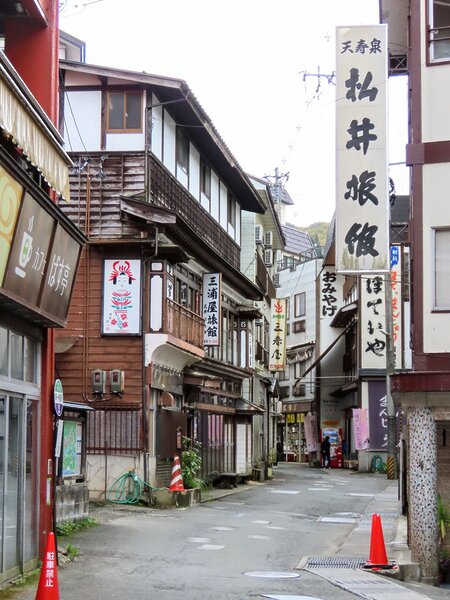
Hijiori Onsen, which used to be a hot spring spa, is said to have opened in 807 A.D. during the Heian period.When Geno, a native of Bungo Province, visited this area, an old monk asked him to use the hot springs where he was treated when he broke his elbow. I was taught. It is said to have its roots in a legend.
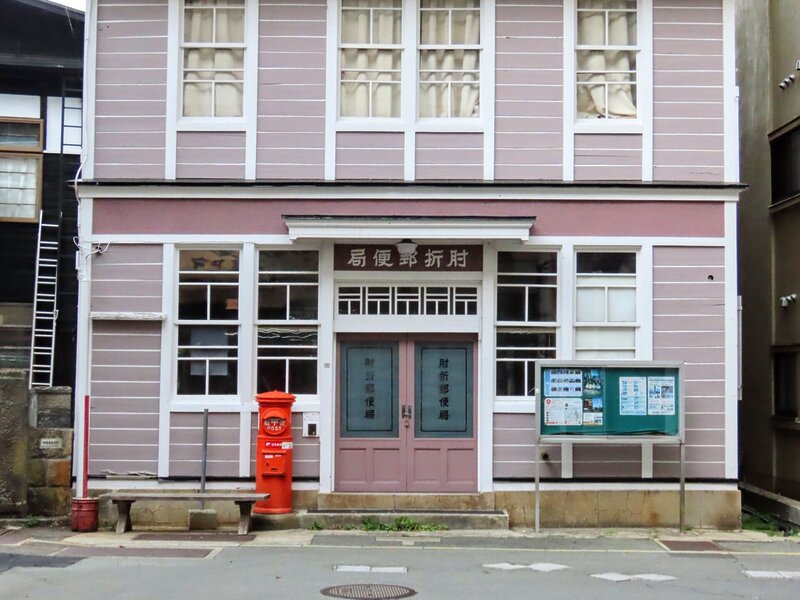
The Old Hijiori Post Office Building, located right in the center of the hot spring town, is a wooden building built in 1937 and has been preserved as a landmark of the hot spring town since its closure in 1995.
It is famous for its morning market, which is held from 5:30 a.m. for spa visitors from spring to autumn, where agricultural products and daily necessities are sold.
Hijiori Onsen<Information>
- Name: Hijiori Onsen
- Address: Minamiyama, Okura Village, Mogami District, Yamagata Prefecture, 996-0201
- Phone number: 0233-34-6106 (Okura Village Tourism Association)
- Official URL: https://hijiori.jp/














![Zao Takayu Kokeshi - Traditional Kokeshi developed in Zao Onsen, following the trends of Doyu and Togarida [Yamagata Prefecture] Zao Takayu Kokeshi's expression](https://jp.neft.asia/wp-content/uploads/2024/11/IMG_1781-150x150.jpg)
![Togata Kokeshi - Traditional Kokeshi developed at Togata Onsen in Miyagi Zao [Miyagi Prefecture] Togata Kokeshi's expression](https://jp.neft.asia/wp-content/uploads/2024/09/IMG_1784-150x150.jpg)
![Naruko Kokeshi - Traditional Kokeshi developed at Naruko Onsen, the three famous hot springs in Oshu in Miyagi [Miyagi Prefecture] Naruko Kokeshi's expression](https://jp.neft.asia/wp-content/uploads/2024/10/IMG_1783-150x150.jpg)
![Nanbu Kokeshi - A slightly unusual traditional kokeshi with a distinctive characteristic [Iwate Prefecture] The expression of the southern kokeshi](https://jp.neft.asia/wp-content/uploads/2024/11/IMG_1788-150x150.jpg)
![Kijiyama Kokeshi - Akita Traditional Kokeshi with a distinctive expression that gives you a sense of sorrow [Akita Prefecture] Kijiyama Kokeshi's expression](https://jp.neft.asia/wp-content/uploads/2025/01/IMG_1792-150x150.jpg)
![Yamagata Kokeshi - Traditional Kokeshi created by Kobayashi Kuraji, who trained in Sakunami Onsen in the Sendai Domain [Yamagata Prefecture] Yamagata Kokeshi's expression](https://jp.neft.asia/wp-content/uploads/2025/01/IMG_1807-150x150.jpg)
![Yajiro Kokeshi - Traditional Kokeshi developed around Kamasaki Onsen, the home of the Shiraishi Katakura family [Miyagi Prefecture] Yajiro Kokeshi's expression](https://jp.neft.asia/wp-content/uploads/2024/09/IMG_1801-150x150.jpg)
![Nakanosawa Kokeshi - Traditional Kokeshi that has evolved after breaking from the reputation of being a "part of the Doyu" [Fukushima Prefecture] Nakanosawa Kokeshi's expression](https://jp.neft.asia/wp-content/uploads/2024/10/IMG_1785-150x150.jpg)
